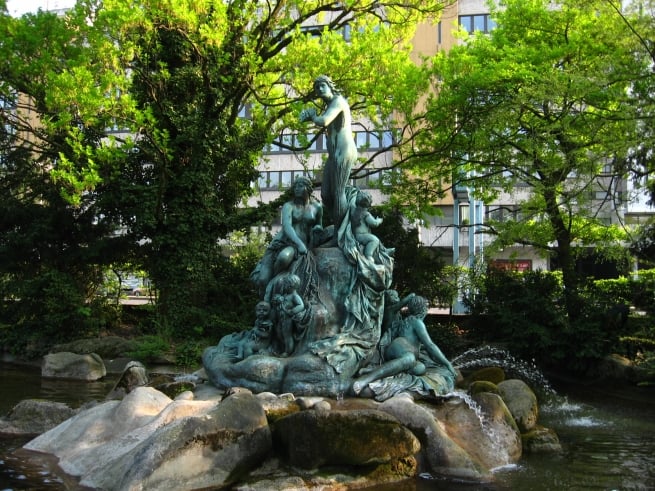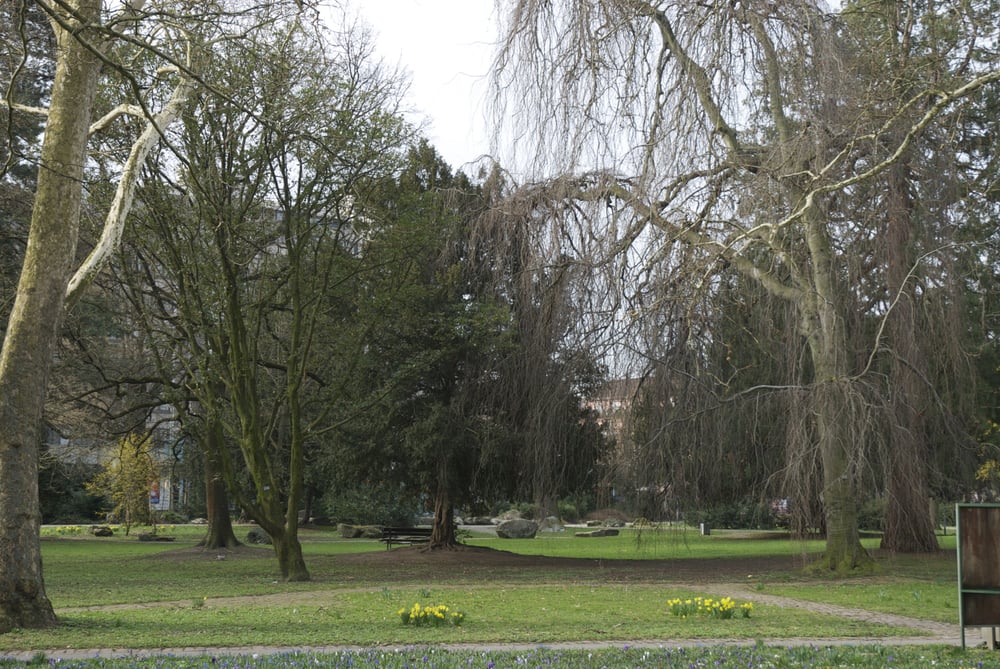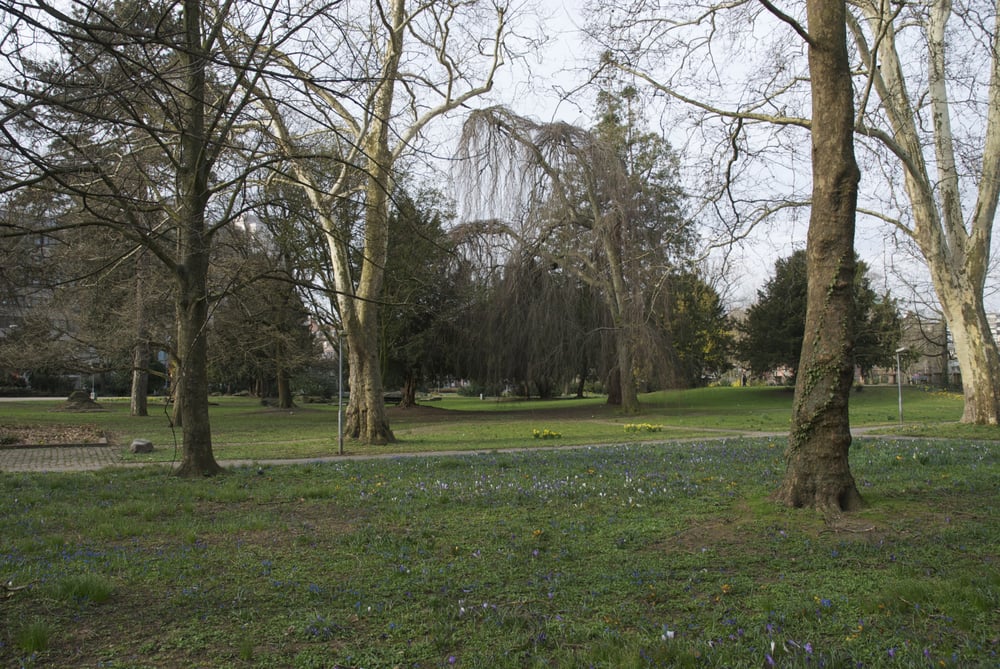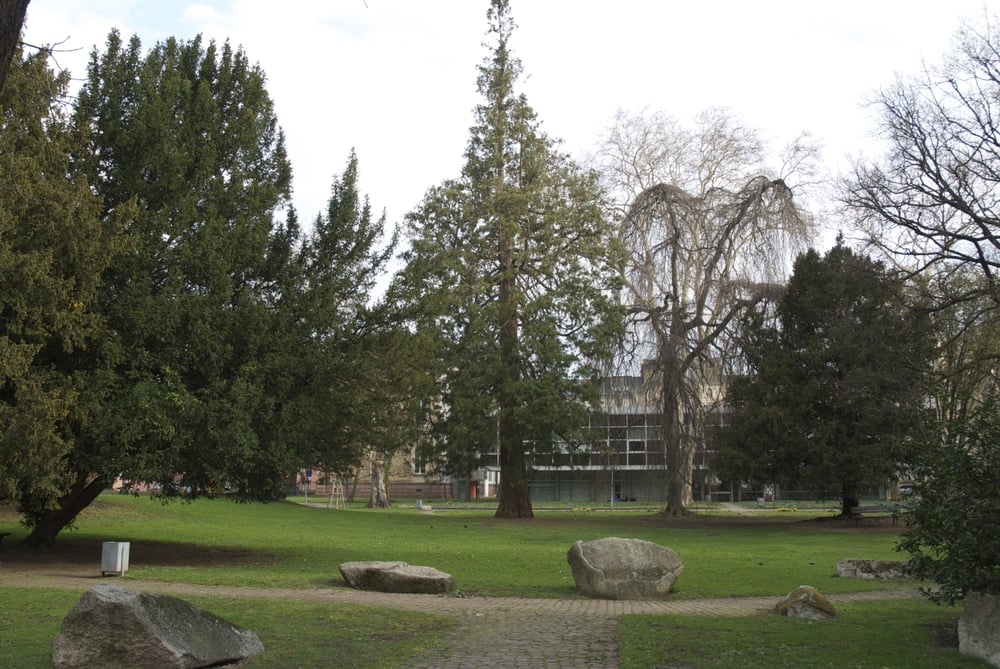As early as 1730, fifteen years after the founding of the city, the first garden and garden facility began to be established. The building of this park was based on an English garden style and was based on the idea of the city's founder Karl-Wilhelm of Baden-Dorlach.
A few years later, Prince Ludwig entrusted the inspector of the park Friedrich Schweeckardt, who was already responsible for planning the paddle park, with the transformation of parks into a recreational park. In 1788. After completion of the work, the garden landscape was named Erbprinzengarten. The former construction of the park is no longer consistent with the current shape of the area.
After the completion of the new building of the Museum of Natural History by Karl-Josef Bergmüller in 1873 based on Erbprinzengartens, the park was divided to the north of Friedrichsplatz and the southern part of Nymph Park.
Returning to the idea of former park manager Friedrich Rees, a well was built at the southern end of the park grounds. Nymphengarten was named Nymphengarten Fountain, founded by Heinrich Feltring in 1891. The fountain is a bronze statue depicting several nude nymphs.
In the Nymphengarten park stood until 1871 the Gothic tower and a small funeral church with the coffin of the heir Karl Ludwig in Baden. Until 1944 also stood in the western part of the park Amalienschlösschen named after the Amale Margravini.
In 1880-89, the Nymphengarten Park temporarily erected the Karlsruhe Observatory before dismantling and moving it to Königsstuhl near Heidelberg.





